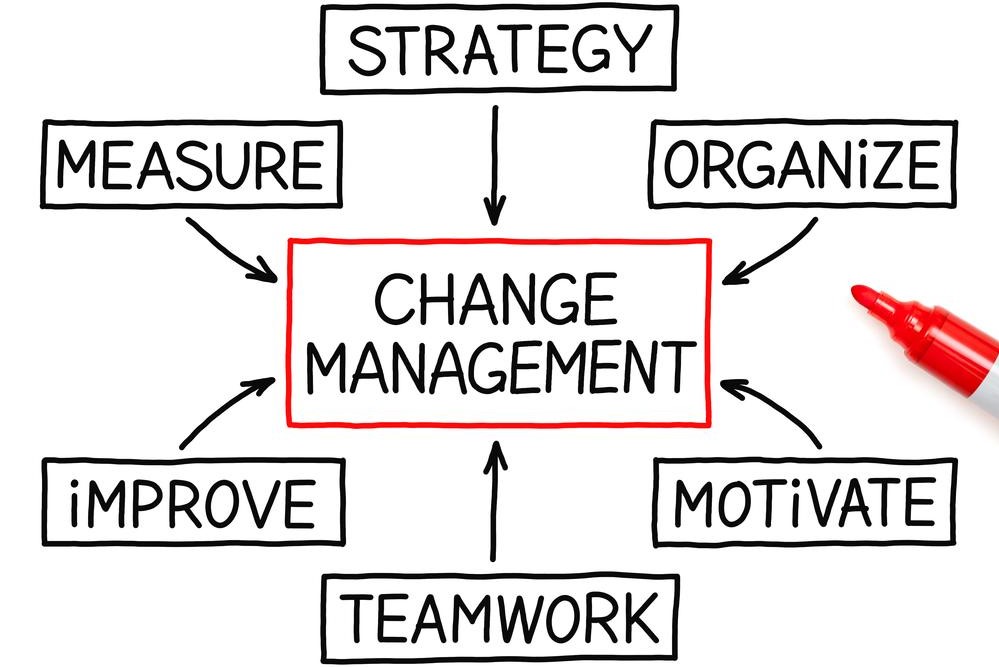Enhancing Employee Engagement for Organizational Success
This article discusses the importance of employee engagement in organizations, emphasizing strategic activities beyond social events. It highlights how fostering communication, recognition, and feedback enhances productivity and organizational success. Practical tips for improving engagement include encouraging teamwork, sharing ideas, recognizing contributions, and regularly measuring employee satisfaction. Maintaining high engagement levels creates a motivated, connected workforce that benefits overall organizational performance. The piece underscores that engagement is a strategic priority essential for long-term success.

The Significance of Employee Engagement
Have you considered what responsibilities the employee engagement team or manager truly holds within your organization? Is it just about organizing celebrations like year-end parties, congratulating employees on milestones, or arranging birthday treats? While these activities are visible aspects, there is much more complexity and strategic purpose behind employee engagement efforts. These initiatives aim to foster a motivated, productive workforce that feels connected and valued.
Studies and organizational experience across industries show that satisfied employees tend to be more committed and productive. Engaged staff contribute more to the organization, showing greater enthusiasm and quality in their work. Hence, beyond the fun activities like cake or pizza Fridays, maintaining employee engagement serves strategic organizational objectives.
Achieving high levels of engagement requires breaking down organizational silos. Fostering open communication among teams, across hierarchical levels, is vital. Encouraging employees to share ideas, provide feedback, and collaborate enhances engagement. Recognizing contributions and making employees feel valued reinforces their commitment. Simple practices like emails, posters, awards, small incentives, and team celebrations can boost morale. Regular feedback helps gauge engagement levels and identify areas for improvement to build a more cohesive, motivated workforce.










